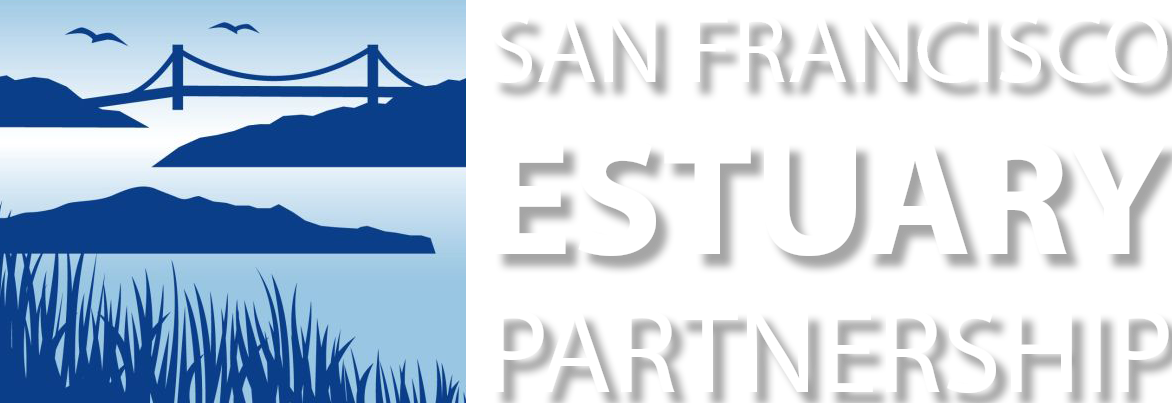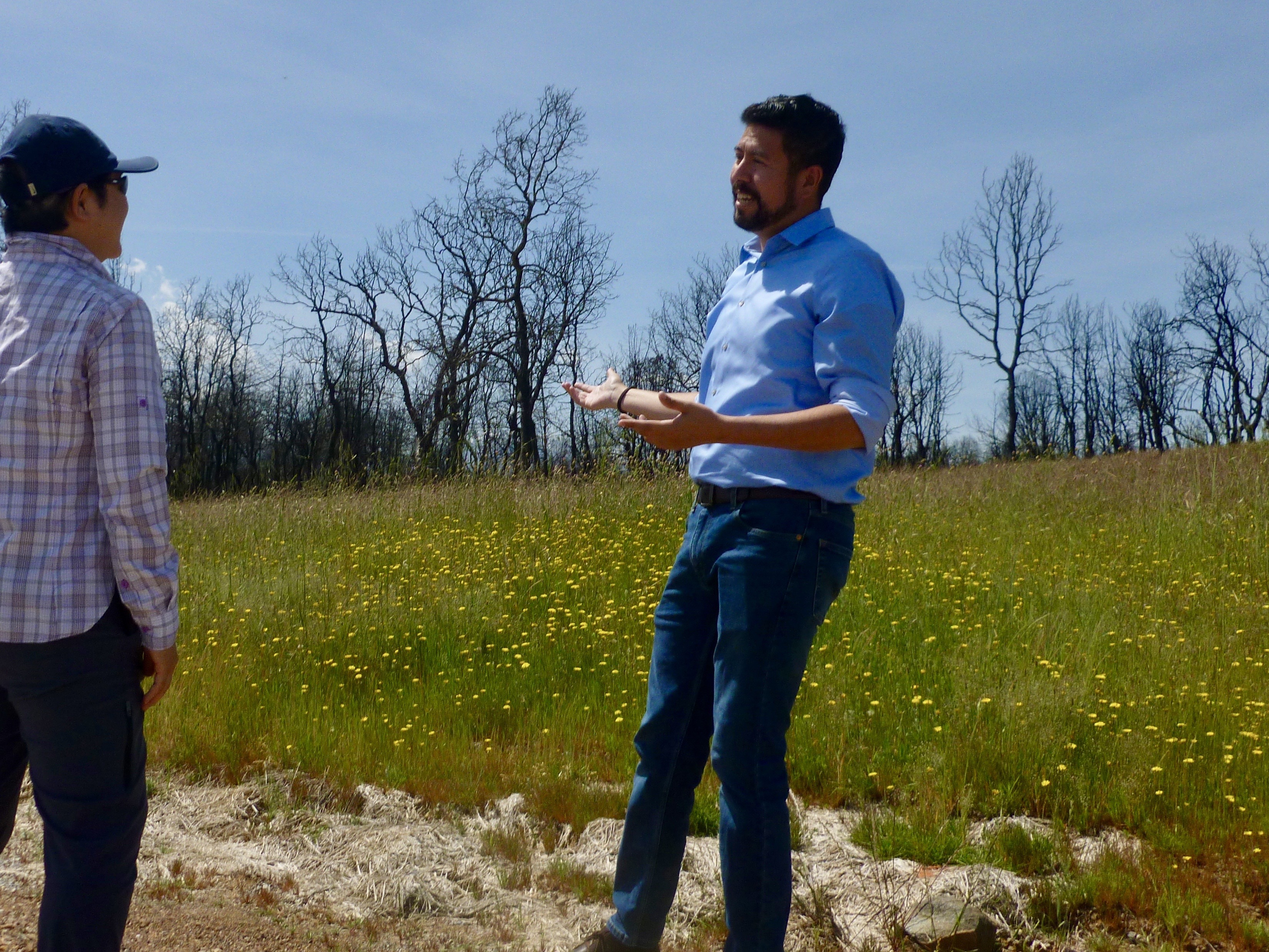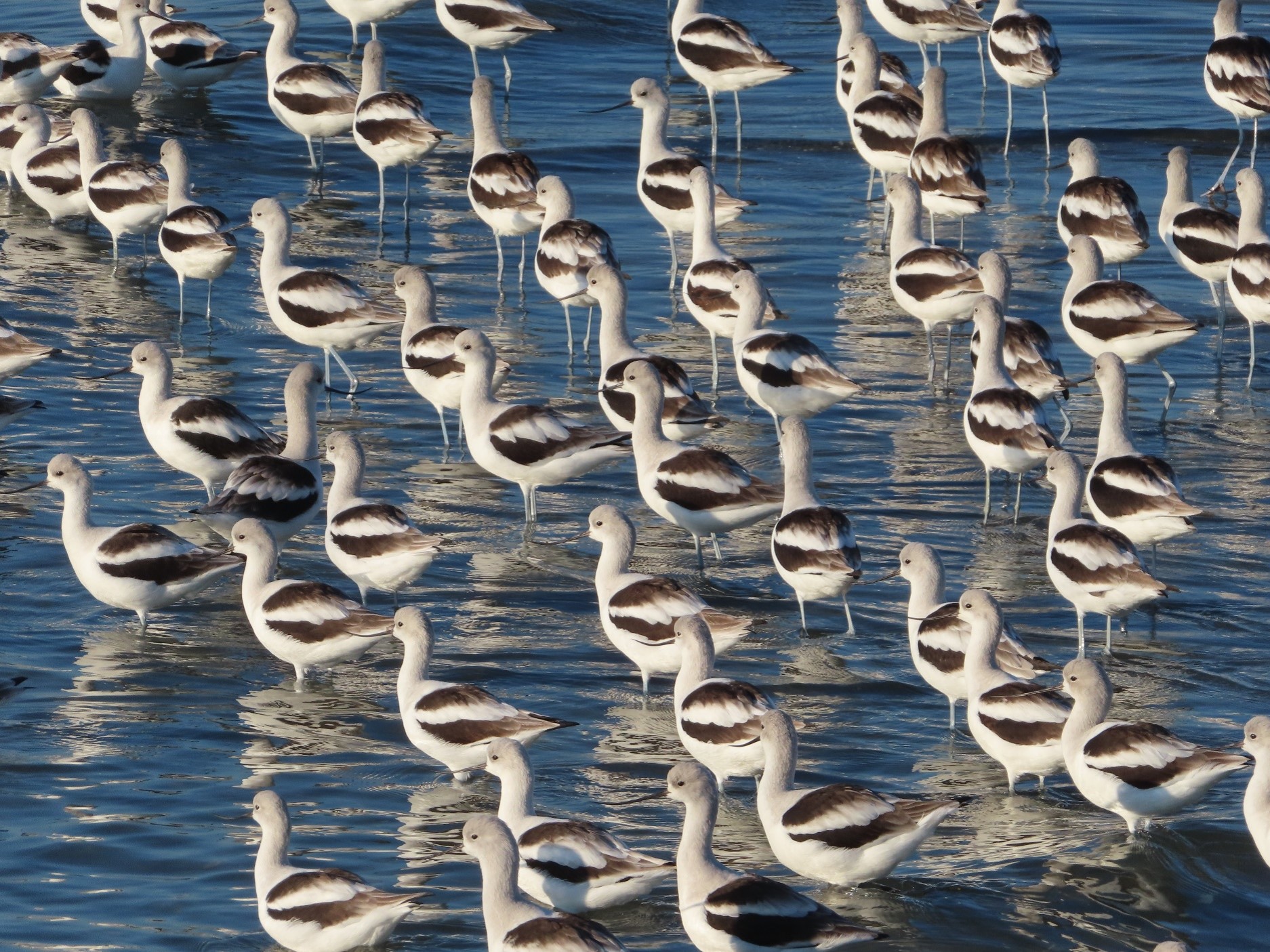“For so long in the water space you’ve had these false dichotomies where you are being told you have to choose one or the other,” says Esquivel, who Governor Gavin Newsom appointed Chair of the State Water Resources Control Board in February. “These narratives can fuel themselves, they take root in communities, but they don’t really do much to get to the heart of the policy question.”
A native of the Coachella Valley, Esquivel served on the State Board for two years prior to his appointment. He cites literature as a particular passion, and had planned on a career in academia before a college internship in former Senator Barbara Boxer’s Washington, D.C. office turned into a full-time job. “What I thought would be a year or two with the senator turned into eight-and-a-half years,” he says. “When I left I covered water, agriculture, Native American issues, oceans, and I was also IT director.” Before joining the Board, Esquivel worked on federal water policy for the California Natural Resources Agency.
Esquivel thinks the key to creating a new narrative is to develop a much more sophisticated understanding of the state’s water system. “We need better accounting, better spatial resolution on the accretions and depletions in our watersheds. Who is taking water out and when? Where is water moving, how does it move? What is “environmental water” and what isn’t? We need to manage the resource in a way that creates more certainty in the watershed.” He is excited about Governor Gavin Newsom’s recent Executive Order directing the Natural Resources Agency, the California Department of Food and Agriculture, and the California Environmental Protection Agency to assess current conditions, programs and policies, project future water demands and climate impacts, and develop a portfolio of actions that will build a resilient water system for the state. He thinks the California Water Action Plan issued by the Brown Administration in 2014 (and updated in 2016) was useful in that it brought a lot of great ideas together in one place. “Now we need to add some metrics to these ideas and fold them all together,” he says.
Climate change poses an enormous challenge to a water management system that did not work well even before climate became an issue, says Esquivel. “It manifests itself in myriad ways, whether we are talking about [overall] hydrology, or reduced snowpack and flashier floods. When, where and how we take water out of the system is based on hydrology that no longer exists, and it never really accounted very well for how not to harm the ecosystems that we all depend on.”
Because the State Board has responsibility for so much of California’s water system—including water rights administration, water quality, and drinking water—it has some unique advantages when it comes to responding to climate change, says Esquivel. “We have a pretty complete purview over our water operations, so the question becomes, how do we incorporate the myriad impacts of climate change into our regulatory work?” On the water rights side, for example. Esquivel wants to make sure that groundwater recharge isn’t being impeded, but rather protected, by how water quality is permitted.
History and the complex challenges ahead notwithstanding, Esquivel believes progress in the Delta is possible. “If you look at other watersheds throughout the United States there are examples of real progress. I’m not looking to spend the next 25 years doing what folks have spent the last 25 years doing. I’m committed to that not being the case, and I know that this administration is also committed to that not being the case,” he says.









 The results are alarming for our state’s future: an estimated four to five feet of sea level rise and loss of one to two-thirds of Southern California beaches by 2100, a 50 percent increase in wildfires over 25,000 acres, stronger and longer heat waves, and infrastructure like airports, wastewater treatment plants, rail and roadways increasingly likely to suffer flooding.
The results are alarming for our state’s future: an estimated four to five feet of sea level rise and loss of one to two-thirds of Southern California beaches by 2100, a 50 percent increase in wildfires over 25,000 acres, stronger and longer heat waves, and infrastructure like airports, wastewater treatment plants, rail and roadways increasingly likely to suffer flooding.